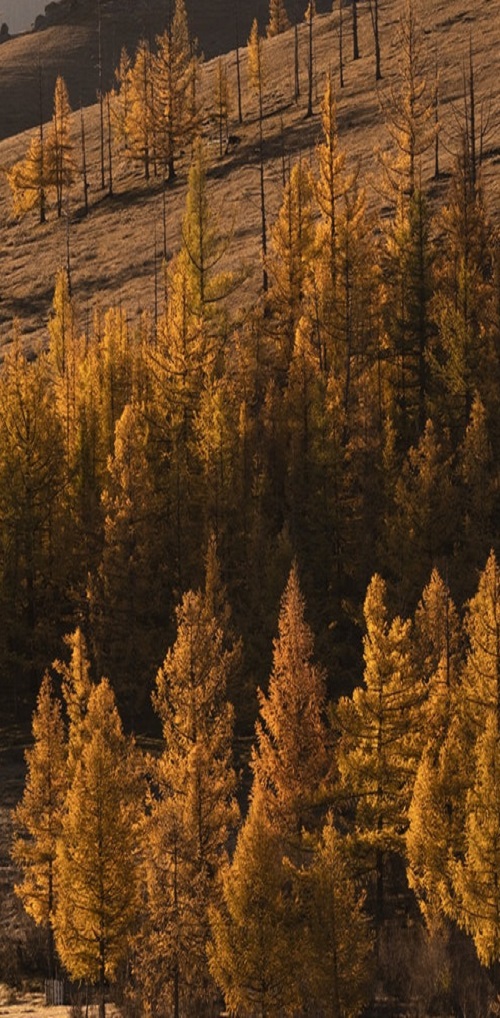
Most of the solids in plants are taken from the atmosphere. Through the process of photosynthesis, most plants use sunlight energy to convert carbon dioxide from the atmosphere, as well as water, into simple sugars. This symbol is then used as a building block and forms the main structural element of the plant. Chlorophyll, a green pigment containing magnesium is needed for this process; This is usually present in one plant, and often also in other parts of the plant. Plant parasites, on the other hand, use their host's resources to provide the materials needed for metabolism and growth.
Plants are usually based on soil primarily for support and water (in quantitative terms), but they also receive nitrogen, phosphorus, potassium, magnesium and other elemental nutrients from the soil. Epiphytic and lithophytic plants attack the air and surrounding debris for nutrition and meat plants supplement their nutritional needs, especially for diving and phosphorus, with their prey of the insects they catch. For most plants to grow successfully, they also need oxygen in the atmosphere and in all their roots (ground gas) to breathe. Plants use oxygen and glucose (which can be produced from stored flour) to provide energy. Some plants grow like substrated aquatics, use dissolved oxygen in the surrounding water, and some special vascular plants, such as mangroves and Reed (Phragfnfur Australis), [55] can grow with their roots under anoxic conditions.
The genetic structure of plants controls their spread. For example, selected wheat varieties or genotypes grow rapidly, mature within 110 days, while others, under the same environmental conditions, grow more slowly and mature within 155 days.
Growth is also driven by environmental factors such as temperature, available water, available light, carbon dioxide, and soil nutrients. Any changes that will supply these external conditions are reflected in the spread of the plant and its development time.
Biotic factors also affect plant growth. Plants can be so numerous that no one individual produces normal growth, causing etiolation and chlorosis. Optimal plant growth can inhibit animal herding, inadequate soil composition, lack of mycorrhizal fungi and attacks of insects or plant diseases, including those caused by bacteria, fungi, viruses, and nematodes.
No comments:
Post a Comment